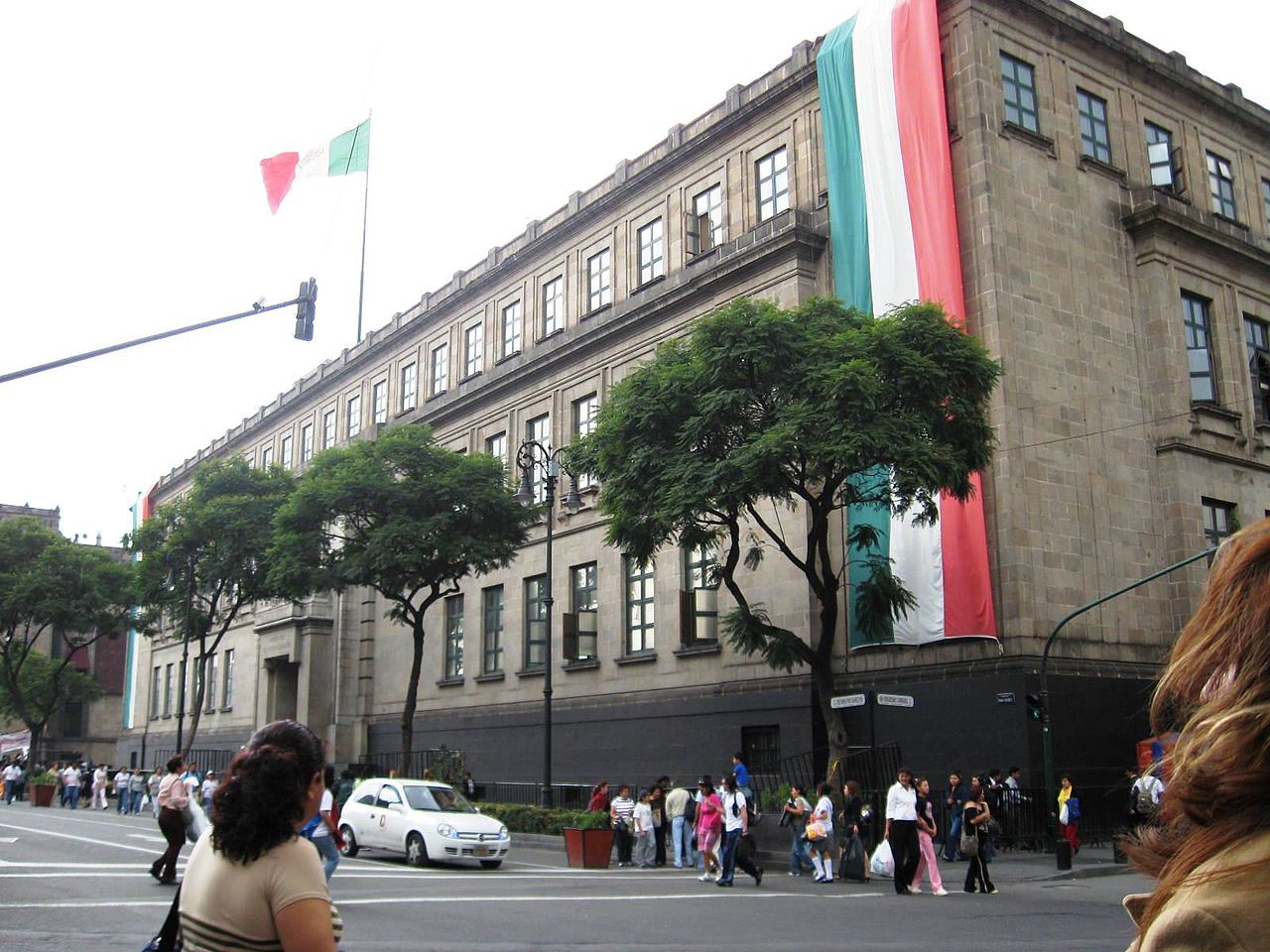

Mexico’s Supreme Court Building is the seat of the Suprema Corte de Justicia de la Nación (SCJN). It’s the highest court and judicial body in the country. The court is made up of 11 ministers, one of whom is president. They are elected by the Senate every 15 years. The building, right next to the National Palace, is on the southeast corner of the Zócalo.
The site is that of the old Plaza del Volador. The building we see today was begun under the administration of Lázaro Cárdenas who laid the first stone in 1936. Construction lasted until 1941. President Manuel Ávila Camacho, and President of the Court, Salvador Urbina, opened the building officially in that same year.
All that said, more than anything, visitors will come to see the outstanding works of art that adorn the building. During the 2020-21 pandemic, the court organized virtual tours and these focused on the following.
The entrance way door, weighing 3.5 tons, is in polished bronze. The art deco style frame the work of sculptor Ernesto Tamariz. Four bands in high relief, depict four periods of Mexican history: The 16th-Century Evangelization, The Federalist Republic, The Reform Period of the late 1850s, and Modern, Institutional Mexico.
The building vestibule, contains more work by Tamariz. Works include standing portrait busts of Ignacio L. Vallarta and Mariano Otero. A seated 1952 portrait of Manuel Crescencio Rejón is by Carlos Bracho.
Murals in the main lobby are a four-part work by José Clemente Orozco. The four sections include: The National Wealth, Justice, divided between the north and south walls, and The Struggle of the Workers. Orozco completed all four sections in 1941 shortly after the building opened.
Also in the main lobby, since 1945, is work titled War and Peace. This is by the USA painter, George Biddle.
A work in three large panels, Genesis: the Birth of a Nation, The Origins of the SCJN was completed in 2000. This work is by Héctor Cruz García. It was the gift of the Secretariat of Public Education (SEP) to the Supreme Court on the occasion of the new millennium.
Luis Nishizawa depicted La Justicia in the three levels of one of the stairwells. His eleven horses symbolize the strength of the struggles for Independence and the Mexican Revolution. This was the first of several projects completed during 2007-2008. Ismael Ramos completed another. The Search for Justice/La búsqueda de la Justicia, occupies three levels of a stairwell.
The works of Rafael Cauduro occupy three levels in one of the stairwells. Cauduro completed The History of Justice in Mexico in 2010.
Santiago Carbonell, shortly after, finished the last space available for murals in the building. At 123 square meters, the painting is a mural commemorating the Bicentennial of Mexican Independence and the Centennial of the Mexican Revolution.
The court does plan to reopen in-person visits. Topics covered include the history and architecture of the headquarters of the Supreme Court Building, the history of Mexico, and of the Federal Judicial Branch.
 visitas@mail.scjn.gob.mx
visitas@mail.scjn.gob.mx
 55 4113 1100 ext 5803
55 4113 1100 ext 5803
 https://www.scjn.gob.mx/
https://www.scjn.gob.mx/
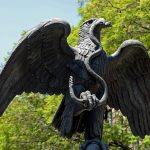
Nearest at 0.03 kms.
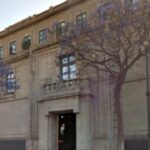
Nearest at 0.03 kms.

Nearest at 0.06 kms.

One of the most important sites in the city, even today, don't miss the chance to visit the Templo Mayor.
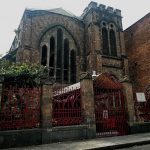
One of Mexico City's best loved old ruins of a church, this one's still got a story.
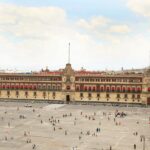
One of Mexico City's proudest, most enormous parts of history, the Palacio dominates the entire east of the Zocalo.

The first Cathedral to have been built in the Americas.
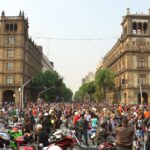
Among the earliest on the buildings on the Zócalo, it's still the seat of City government.